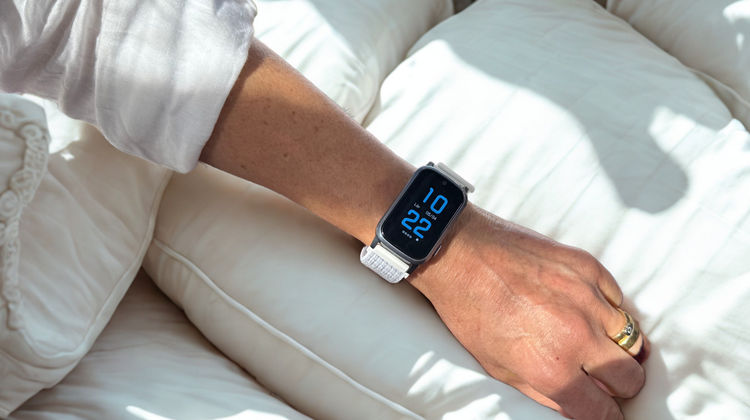What Is Knee Osteoarthritis?
Knee osteoarthritis is one of the most common types of arthritis and occurs when the cartilage in the knee joint gradually breaks down. This process causes pain, stiffness, reduced mobility, and sometimes swelling. Osteoarthritis can affect one or both knees and usually develops slowly over time. While it’s a chronic condition, there are several treatments available to relieve symptoms and improve quality of life.
Causes of Knee Osteoarthritis
Knee osteoarthritis develops when the balance between cartilage breakdown and repair in the joint is disrupted. Several risk factors contribute to the condition:
-
Age: The risk increases significantly after the age of 50 (1).
-
Obesity: Excess body weight puts added stress on the knee joints (2).
-
Previous injuries: Injuries like ACL tears or meniscus damage raise the risk.
-
Genetics: Hereditary factors can affect cartilage strength and resilience.
-
Heavy labor: Jobs involving kneeling or heavy lifting increase joint wear and tear (3).
Common Symptoms
Symptoms of knee osteoarthritis can vary, but commonly include:
-
Pain during movement, especially after periods of rest
-
Stiffness, particularly in the morning
-
Swelling and tenderness in the knee
-
Clicking or grinding sounds in the joint
-
Limited ability to fully bend or straighten the knee
The pain often starts gradually and worsens over time. As cartilage deteriorates, the joint may also change in shape and function.
Diagnosis and Treatment
Diagnosis is based on a physical examination, the patient’s medical history, and imaging such as X-rays. There are no blood tests to confirm osteoarthritis, though they may be used to rule out other conditions.
Treatment focuses on symptom relief and improving joint function:
-
Exercise: Personalized exercise plans are the cornerstone of treatment (4).
-
Pain relief: Medications such as paracetamol and anti-inflammatories help manage pain.
-
Weight loss: Reducing pressure on the knees can significantly ease symptoms.
-
Assistive devices: Knee braces or canes may help reduce joint load.
-
Surgery: In severe cases, a knee replacement may be considered.
Living With Knee Osteoarthritis
Being diagnosed with knee osteoarthritis doesn’t mean giving up an active lifestyle. On the contrary, staying physically active is one of the most effective ways to manage the condition. Regular activities such as walking, cycling, and strength training can ease pain and slow progression. For individuals also living with other chronic conditions, such as dementia, following an exercise regimen may be more difficult. In these cases, support from family, caregivers, and healthcare professionals is vital to encourage movement and maintain routines.
Safety alarm with automatic fall alarm can increase safety for people with an increased risk of falling
Sensorem’s personal alarm is an example of a technical aid specially developed for people who have an increased risk of falling. The personal alarm can automatically trigger the alarm in the event of a fall and then call relatives using the watch’s built-in speakerphone with two-way communication. The personal alarm works outdoors and has built-in GPS positioning so that relatives can see the user’s position on a map in the Sensorem app.
READ ABOUT HOW SENSOREM’S PERSONAL ALARM AUTOMATICALLY CAN DETECT A FALL
Sources:
- Swedish National Board of Health and Welfare, “Arthritis”, 2022.
- WHO, “Obesity and osteoarthritis”, 2021.
- Swedish Work Environment Authority, “Heavy lifting and joint diseases”, 2020.
- BOA Registry, “Better Management of Patients with Osteoarthritis”, 2023.

